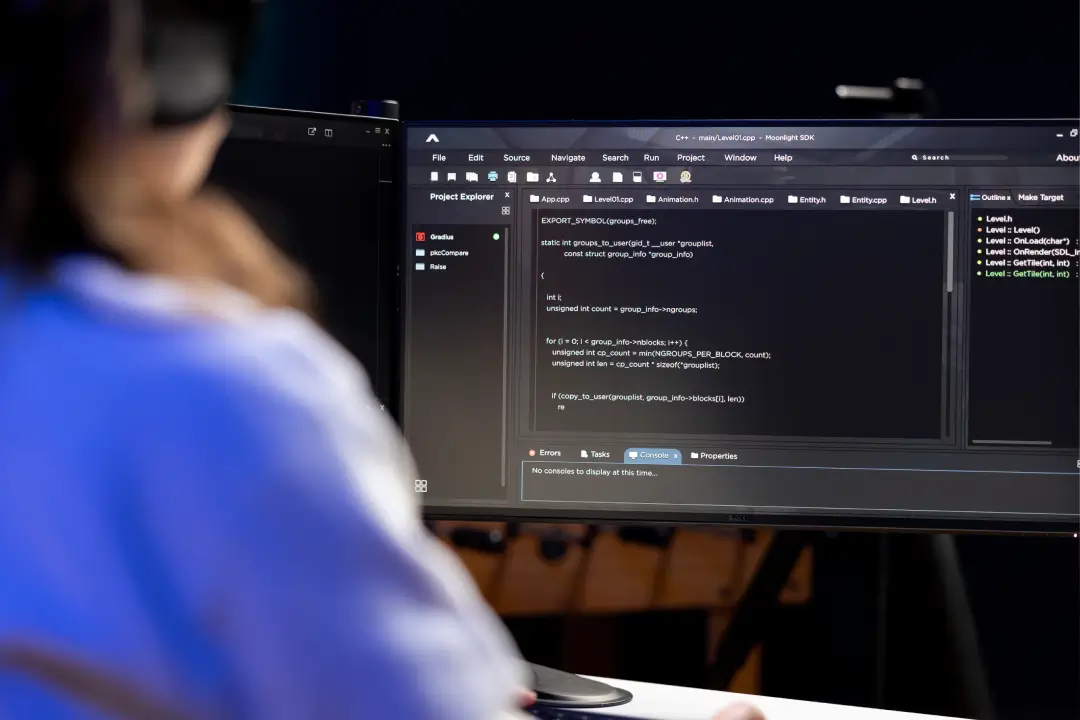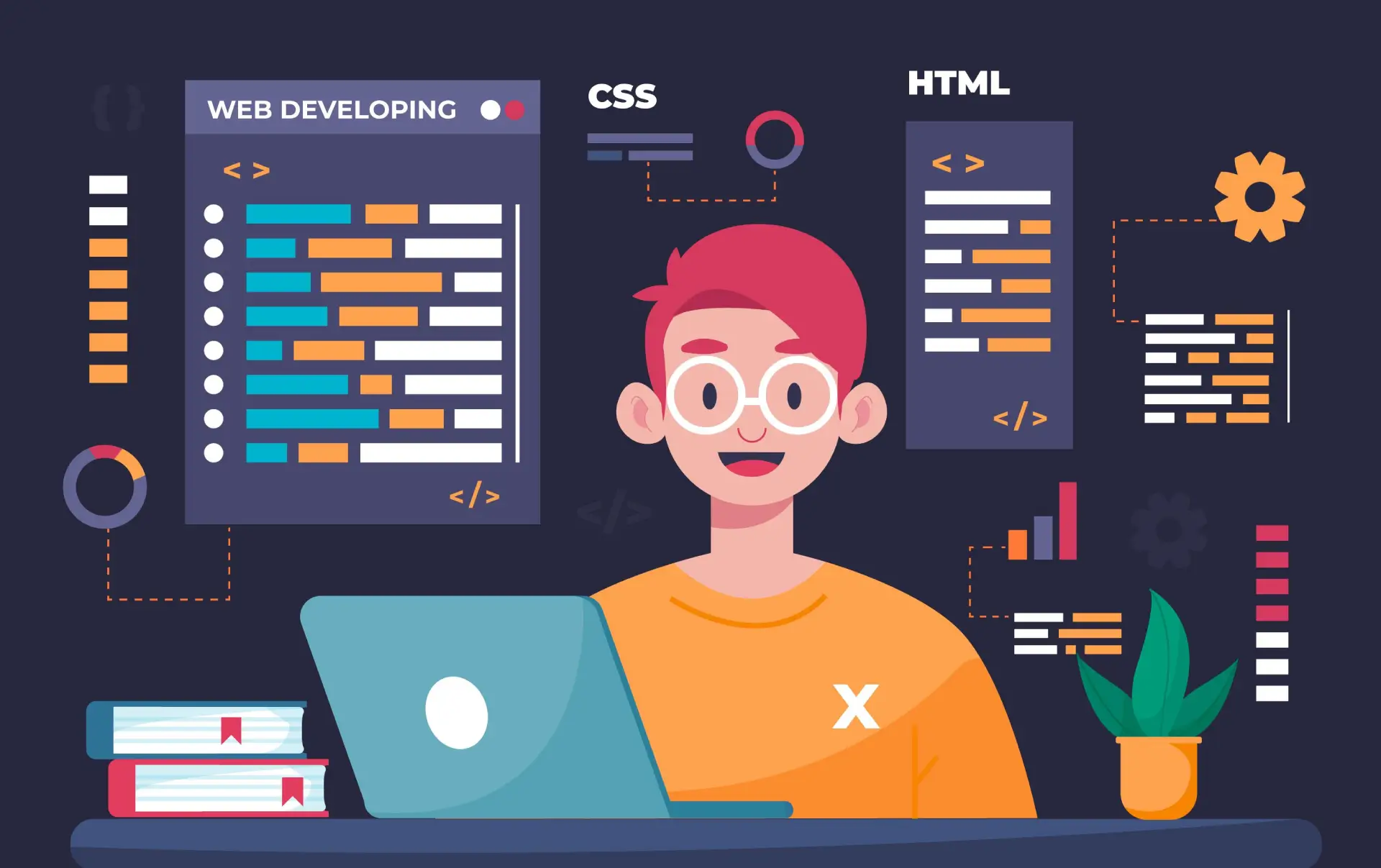10 Modern Frontend Tools Every Developer Should Know in 2025

The world of frontend development is rapidly evolving, and staying updated with the latest tools and technologies is essential for developers to build modern, high-performing web applications. In 2025, several frontend tools will dominate the market, helping developers enhance their productivity, streamline workflows, and create stunning user interfaces. Here are the top 10 modern frontend tools every developer should know in 2025.
1. React.js
React.js remains one of the most popular JavaScript libraries for building user interfaces. Its component-based architecture, virtual DOM, and strong community support make it a preferred choice for developers.
Key Features:
- Virtual DOM for fast rendering
- Reusable components
- Strong ecosystem with React Hooks, Context API, etc.
- Extensive community support
2. Next.js
Next.js is a React-based framework that offers powerful features like server-side rendering (SSR), static site generation (SSG), and incremental static regeneration (ISR). It is widely used for building fast and SEO-friendly web applications.
Key Features:
- Built-in SSR and SSG
- API routes for backend services
- Improved SEO performance
- Image optimization
3. Vite
Vite is a modern frontend build tool that offers a fast and smooth development experience. It is particularly known for its lightning-fast Hot Module Replacement (HMR) and modern JavaScript support.
Key Features:
- Instant server start
- Lightning-fast HMR
- Native support for modern JavaScript
- Simple configuration
4. Tailwind CSS
Tailwind CSS is a utility-first CSS framework that allows developers to build modern and responsive user interfaces quickly. It promotes component-based design with minimal custom CSS.
Key Features:
- Utility-first approach
- Customizable themes
- Responsive design
- Minimal custom CSS
5. TypeScript
TypeScript is a strongly typed programming language built on top of JavaScript. It helps developers catch errors early, improve code quality, and provide better collaboration in large projects.
Key Features:
- Static typing
- Better IDE support
- Enhanced code maintainability
- Improved error handling
6. Storybook
Storybook is an open-source tool that helps developers build and test UI components in isolation. It is widely used for creating and documenting design systems and component libraries.
Key Features:
- Component isolation
- Interactive UI testing
- Documentation generation
- Integration with popular frameworks
7. Figma
Figma is a web-based design tool that allows developers and designers to collaborate in real-time. It is widely used for designing user interfaces, creating prototypes, and sharing design files.
Key Features:
- Real-time collaboration
- Design-to-code handoff
- Plugin support
- Cross-platform accessibility
8. Webpack
Webpack is a powerful module bundler for JavaScript applications. It bundles various assets like JavaScript, CSS, and images, ensuring optimal performance and efficient code splitting.
Key Features:
- Code splitting
- Asset bundling
- Lazy loading
- Plugin and loader support
9. GitHub Copilot
GitHub Copilot is an AI-powered code assistant that helps developers write code faster and with fewer errors. It offers intelligent code suggestions, auto-completion, and supports multiple programming languages.
Key Features:
- AI-powered code completion
- Support for multiple languages
- Time-saving coding suggestions
- Easy integration with VS Code
10. Cypress
Cypress is a modern JavaScript end-to-end testing framework designed for web applications. It allows developers to test their applications in a real browser environment with easy setup and fast test execution.
Key Features:
- Real browser testing
- Fast test execution
- Simple setup
- Automatic waiting
Conclusion
Staying updated with the latest frontend tools is crucial for developers to remain competitive in the fast-evolving tech industry. By mastering these ten modern frontend tools in 2025, developers can enhance their productivity, build high-quality applications, and deliver seamless user experiences.
Mastering these modern frontend tools in 2025 will give developers a competitive edge and enable them to build outstanding web applications efficiently.
Recent On cloudxtech
Beginner Frontend Projects with HTML, CSS, JS, and jQuery – Free to Use and Download
August 11, 2025 • 4 minute(s) read
Best Chrome Extensions for Web Developers in 2025
June 12, 2025 • 3 minute(s) read
JN Form Validation: Simplify Client-Side Validation with Ease
May 22, 2025 • 4 minute(s) read
🌊 The Indus Waters Treaty: A Historic Pact and its Dramatic Suspension in 2025
April 27, 2025 • 5 minute(s) read
🏋️♂️ The Ultimate Guide to Biceps: Anatomy, Training, and Growth Hacks
April 27, 2025 • 3 minute(s) read
🏋️♂️ The Ultimate Chest Training Guide: Anatomy, Tips & Workouts
April 27, 2025 • 3 minute(s) read













